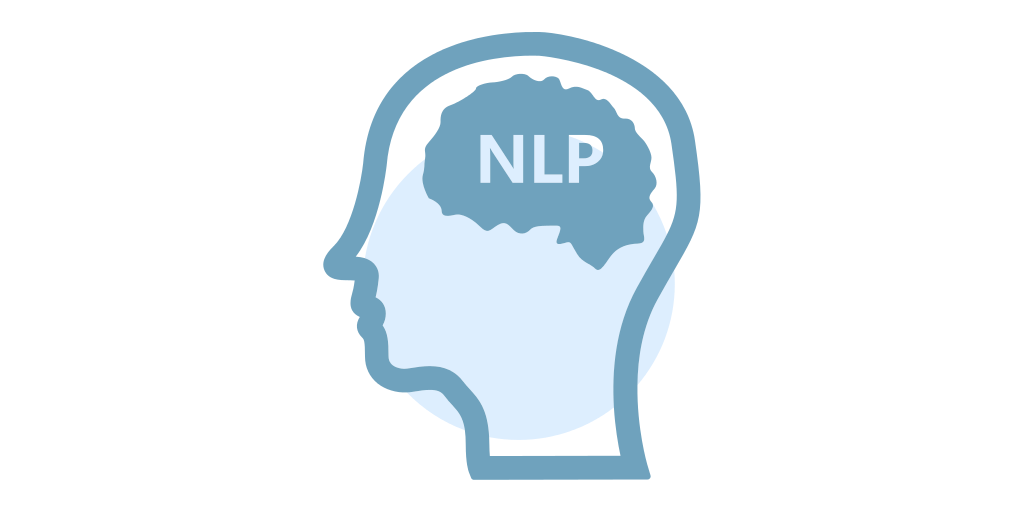Lauren Seelbach
Partners: U.S. Department of Transportation, Idibon
In this project, we conducted an assessment of the ability of Twitter data to supplement traditional information-gathering processes to create actionable information about a transportation network in an emergency. Traditional methods used by transportation agencies for gaining situational awareness after a disaster or emergency often rely on assessments made by trusted individuals, whether that be a transportation agency or other government official, partner agency, or other trusted source. This can be a time consuming process, where transportation agencies may not be aware that communities have been cut off for some time after the event has occurred.
Transportation networks connect people with the goods and services that they require on a daily basis. In a disaster or emergency, they serve the same role, but often for more urgent needs. They provide access to food, water, shelter, medical care, and other essential services for a disaster-affected population. Transportation plays a key role in enabling individuals to seek provisions in nearby communities that are not affected and/or enabling various types of response organizations to bring supplies into the affected community. If even small portions of these networks are damaged entire towns may be cut off from aid, as was the case in Hurricane Irene in the northeastern United States.
The approach taken in this project was to conduct a case study on transportation outages in Hurricane Irene. In this case study, natural language processing (NLP) techniques were used to analyze social media data for transportation outage information. The results of that analysis were then compared with data collected by state transportation agencies using traditional methods to identify whether these outages were identified on social media. The intent of the case study was to characterize the potential of big data from sensor networks to compliment existing sensor networks to create actionable information in a disaster, and to further develop methodologies to analyze these sources of data.

